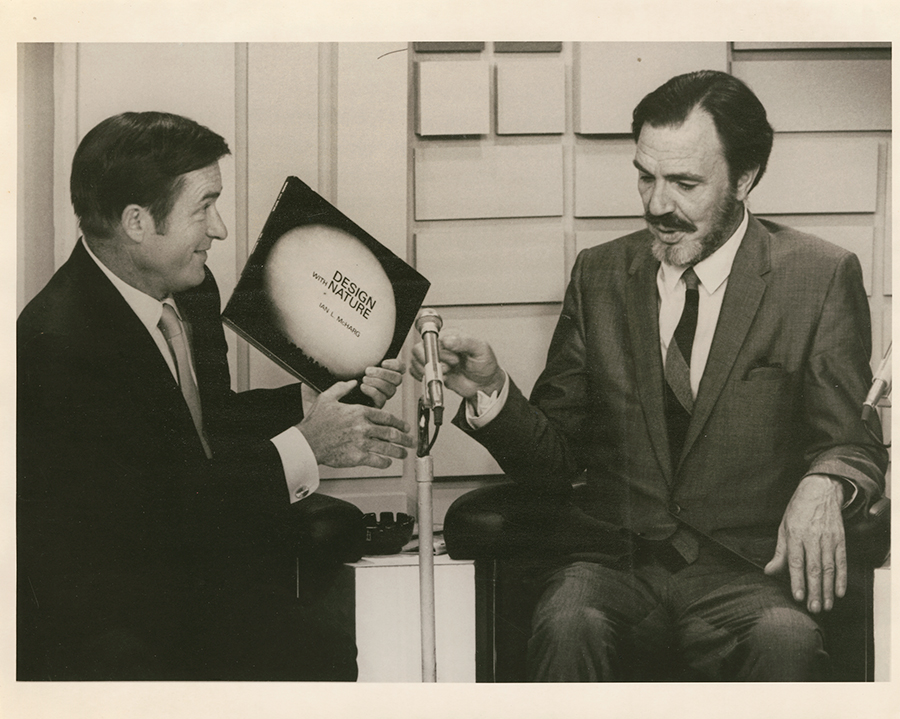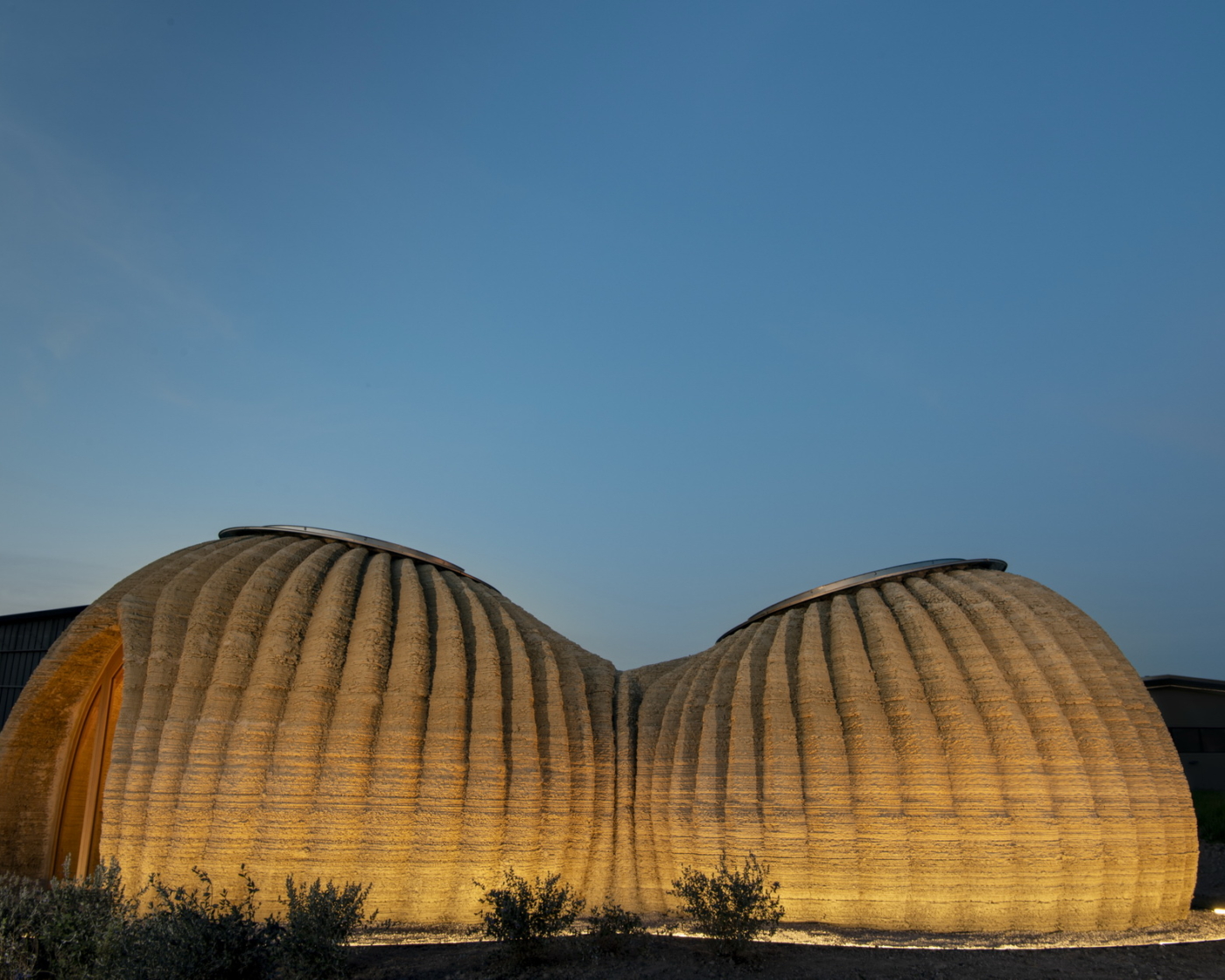What I call pre-renaissance, in the same way as there was a preparatory period for the Renaissance in the 15th and 16th centuries, consists of a period of some one hundred and fifty years, which saw the emergence and development of thinking about environmental science, alongside an art that presented itself as a possible answer to the calling into question of the habitability of the world operated by great threats such as the acceleration of the first industrial revolution, the world wars, and the popularisation and multiplication of environmental crises from the 1960s. The pre-renaissance paved the way for the shift that we are now experiencing, by consolidating philosophical resources, economic research, scientific research, and, on the artistic level, by expanding the concept of art, and making it accessible once more, enriched by a societal function which had been long-lost in the West.
Concerns about the impact of human actions on nature are not new (they can be found, for example, in the work of Leonardo da Vinci), but a school of thought and concerted scientific research emerged from the mid-19th century, during a period of increase in the use of fossil fuels and in the scale of the damage. Several artistic avant-gardes drew their inspiration from the observation of a societal model that diminished the individual, destroyed the meaning and value of work, deteriorated living conditions, polluted, and imposed ugliness everywhere. For theorists and artists such as John Ruskin and William Morris, art had the vocation and the potential to address everything. It was to be the touchstone for the development of a new method of production and life. Inasmuch as the environment shapes the people who live in it, they believed that attention must be paid to the structure of the cities (for example, the proposal of the “garden-cities”) as well as to our daily constructed lives, which art approaches in all their forms, from the house to the little spoon, by way of the decorative elements. Nothing is inert, everything acts: aesthetics is a powerful motor which must be activated in order to build a new society.
It is from this perspective that we must interpret Art nouveau, the Deutscher Werkbund, Bauhaus… All of these initiatives were based on the idea of total art. Dada is another expression of this, with slightly different roots, especially due to the influence of anarchist thinking (which, we must recall, attributes great importance to nature). This idea persisted in movements in the 1960s such as Fluxus, Neo Dada Organizers and someone like Joseph Beuys, who united art, ecology, politics, and the thinking of Rudolf Steiner, the father of anthroposophy (and biodynamic agriculture). In the 1960s, some of the Arte Povera artists paved the way for an art that was resolutely committed to environmental questions, which also emerged in other countries, particularly in the United States with artists such as Alan Sonfist, Agnes Dénes, Newton and Helen Mayer Harrison, but also with certain Land Artists. The Wild pre-renaissance ended with two currents which took on another dimension: that of the “relationship” associated with a critique of existing socio-economic structures, which Nicolas Bourriaud theorised under the name of “relational aesthetics”, and that of bio-art, which accompanied the biological shift which we are currently experiencing.
The Wild renaissance is therefore rooted in this legacy of different influences. It is the product of a development and convergence of philosophy, art, and science, which leads to a new figure of the artist and to new kinds of approaches. Tomás Saraceno’s work is a good example. He revisits the figure of the universal Renaissance man (uomo universale), who is no longer universal on his own, but a collaborator. The Argentinian artist surrounds himself with talented people from all disciplines, from the hard sciences to the social sciences and the humanities, by way of architecture, of course, and the creative professions. His creations stem foremost from the creation and work of a collective, which he establishes according to his projects. Leonardo da Vinci, if he were alive today, would be an expert in pluri-, inter- and transdisciplinarity. To use a metaphor, the universal man is now an orchestra conductor.
You often connect the wild to dance. What meaning does this relationship have for you?
I created the concept of concordance by combining concord (agreement, peace, harmony) and dance as a continual movement with alterity. The purpose of the wild is concordance, that is, a kind of collaboration with nature. I consider dance to be an ecological expression, if we understandecology as a way of being in and inhabiting the world. A dancer (I might say, anyone) is never alone. Forces, which are exceedingly difficult to name or quantify, are inevitably presented to him: air, gravity, the resonance of the space, the psychological intensity of third parties, etc., even before one or several (other) partners join him.
For this reason, the dancer cannot arrive with a preconceived idea of dance. He must first “listen”,in order to develop a common code with the alterity that is present, and then constantly adjust himself if he wants to achieve a sustainable, “natural” choreography (there is a possible path here towards the idea of nature). The wild-dancer opens up to the movement of the other who asks to pass into him, in order to harmonise with him. The same goes for the skilled swimmer who incorporates the movements of the sea, absorbs the logic of its forms, regularity, and surprises, in order to flow with it.
I am particularly interested in Contact Improvisation, which the dancer and researcher Romain Bigédevoted a very interesting thesis to. This dance, or rather this practice, inasmuch as it takes place in studios more than on stage, was introduced by Steve Paxton in 1972 and then quickly developed by other “founders”. Influenced by the martial arts and Eastern spiritualities, Contact invites free improvisation, “a certain art of the encounter, that is, the art of doing everything in order for the two partners to move together in such a way that neither imposes movement on the other and at the same time, in such a way that both acquiesce to it. The hope or the idea is that neither one directs and yet both act” .
Evolutionism, developed by Jean-Baptiste Lamarck and then by Charles Darwin, led us to think of species, not as stable forms, but as processes of speciation. Romain Bigé subtly analyses the fact that a number of philosophies of movement or of becoming have borrowed the general idea that: “[…] things are only the traces of the fundamental movement that composes them. According tothese philosophies, there is no tree: something is tree-ing. There is no space: there are spatialproperties or spatialisations. There is no body: there are shape-takers, embodiments, as there are becoming-humans, becoming-wolves, becoming-poplars, all processes that our methods of apprehending reality prevent us from imagining as becomings and restrict us to seeing only the snapshots of.”
Dance, as an articulation of relationships, is an integral part of ecological thinking (incidentally, it remains a very open field). We can see that it is almost consubstantial to human communities, since Palaeolithic times, and in a great number of cultures across every continent, often associated with questions that were essential to communities (communication with the spirits, healing, hunting, harvesting, war, etc.).
There are new choreographers who are producing creations with flowers, trees, or animals (for example Antonija Livingstone or the collective Dance for Plants). Baroque opera and ballet had already brought animals onstage in order to make manifest the avalanche of energy that brings the world to life (for example in Ezio by Johann Adolph Hasse, in 1730, the triumphal procession included four hundred people, one hundred and two horses, eight mules and eight dromedaries). Whilst contemporary choreographers also call on non-human partners, they nevertheless leave the stage and do not try to train them to obey a pre-written score. They aim to deepen the relationships and to enrich our awareness of living things.
The wild seeks to be part of the dynamic of the anima (one might say, the choreography of movements and transformations in nature that guarantees the conditions of our life on Earth). The development of movement thinking enables it to take part in this. Like contact improvisers play with their weight and their partners’ weight: there is no hierarchy, but attention, care, learning, adaptation, monitoring, and the cultivating of each person’s possibilities for expression. There is no balance to be maintained (imposing stability on an ecosystem can be destructive: the protective environmental measures taken in the Hutcheson Memorial Forest in the United States in 1955 were one example). Balance and imbalance complete each other. Concordance ensures that one never triumphs over the other but that the best conditions are maintained in order for the game to continue.
Movement thinking identifies ways of being in dance. It adds to the gaze that seeks to learn from the world to better engage with it. It asks itself, perhaps on the invitation of Joseph Beuys, who repeatedly used the symbolism of honey, whether we ought not to consider our projects from the point of view of the relationship between the bee and the flower. The flower feeds the bee, whichcontributes in turn to the life of the flower by means of pollination. A dance, like the language of the bee that indicates to its fellow bees the direction and distance to sources of food (the ethologist Karl von Frisch owes his Nobel Prize to this dance). The relationship between the flower and the bee offers a powerful metaphor for inter-species collaboration, for gifts and counter-gifts of different kinds within a network of exchanges whose vibrations propagate themselves from sphere to sphere.
Concordance seems to me to be the occasion to rethink the concept of movement, mirroring the unrest which we are paying such a high price for: from the exhaustion of the body of the homo œconomicus, weighed down by constraints, to the acceleration and intensification of flows and interminglings on a planetary scale which are shaking up our ecosystems’ capacities for adaptation and resilience, with increasingly global and dramatic consequences, as we can see today.
How might this concept of the wild be manifested on the architectural or urban scale?
Architecture was an integral part of the avant-gardes of the Wild pre-renaissance which we mentioned previously (when it was not their very backbone). For the Wild renaissance, a construction is not the work of a single author, the architect (or his agency), but rather a product of what I would call a chain of creation that stretches from the territory to the final user, by way of the architect and the chosen materials: each of these contribute to the form and identity of a construction, considered as a collective process to be maintained over time.
The watchword by the architect and landscaper Ian McHarg, “design with nature” (the title of his seminal book, published in 1969), is more relevant than ever. The method that he describes requires us to identify and consider the sum of the layers that make up a territory: from its biophysical components to its social, historical, cultural, and ethnological characteristics, taking into account its psychogeography and the forms of life it supports. The aim is to uncover the most appropriate actions from all of these properties, in order to achieve, not a static result, but a “dynamic balance”. Ian McHarg quickly understood that the difficulty lies not only in gathering the information, but in integrating it and making it work together, and then in making the decision-makers understand and accept the resulting project.








